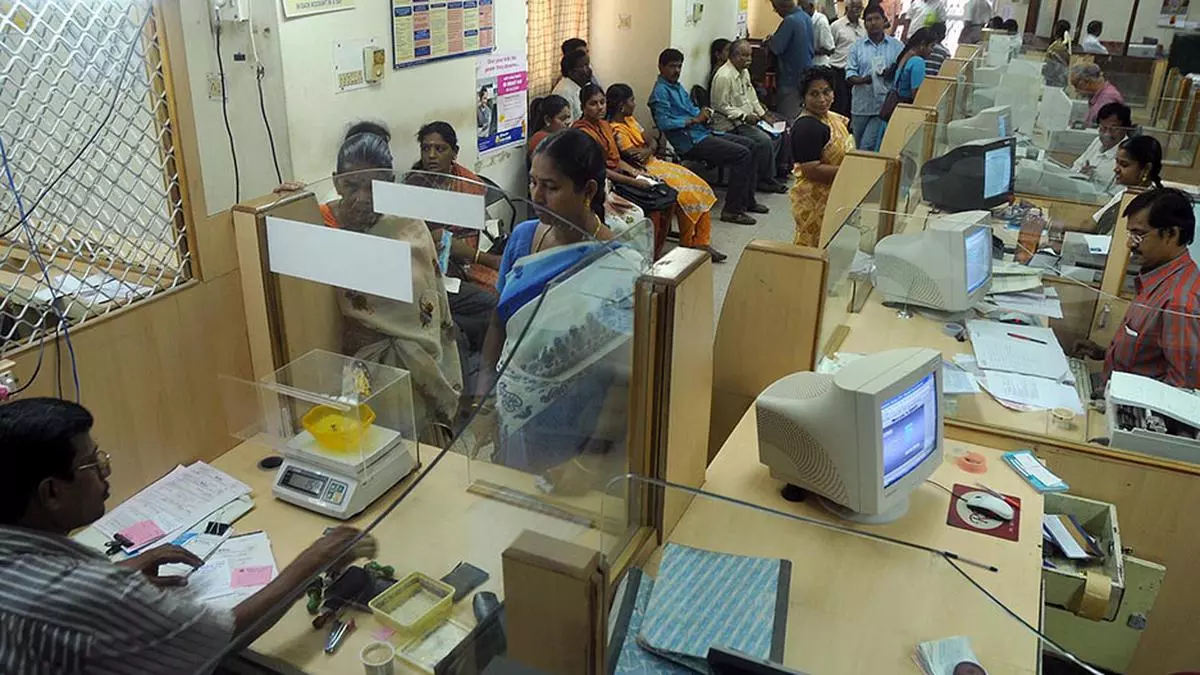Government’s JIT system adoption for the release of payments pushes banks to search for alternatives to grow Current Account deposits
With the government’s efficiency in managing funds going up manifold due to the adoption of the JIT (just-in-time) principle, banks are scrambling for alternatives to grow their current account (CA) deposit portfolio.
The Cente has embraced the JIT principle for the release of funds in respect of all payments, including centrally sponsored schemes, to the extent possible to bring about more efficiency in cash management. This has reduced the float available to banks.
CA deposits of all scheduled commercial banks had declined to 10.13 per cent of their overall deposits in 2023 from 10.43 per cent in 2022, per the RBI’s Report on Trend and Progress of Banking in India. Lower CA is a drag on banks’ net interest margins.
Dinesh Kumar Khara, Chairman, State Bank of India (SBI), observed that with the government adopting the JIT system for the release of funds and cash management, the float available in the current account has shrunk.
However, SBI is not vulnerable as it has already diversified its options in terms of raising current account deposits.
“So, more than six months back, we shifted our focus to trade, commerce, and industry (for growing current accounts). Here we are seeing decent growth coming in,” Khara said in SBI’s third quarter earnings call.
Referring to the build-up in the government’s surplus cash balances to an average of ₹3.9-lakh crore post-December 2023 monetary policy, Soumya Kanti Ghosh, Group Chief Economic Adviser, SBI, said this is also because the government has moved to the JIT mechanism of spending.
“We expect this will have wide-ranging ramifications on the banking system liquidity…
“Pertinently, system liquidity slips into deficit when the government is not spending, whereas it improves to surplus mode when government spending resumes,” Ghosh said.
Current accounts are interest-free accounts opened by bank customers who require a significantly higher volume of business transactions and daily withdrawals. These accounts require a minimum balance to be operated.
